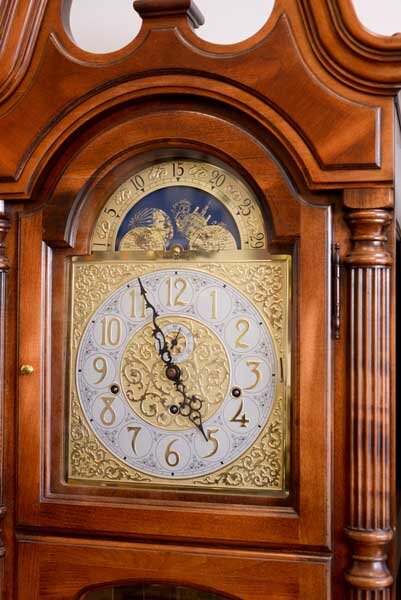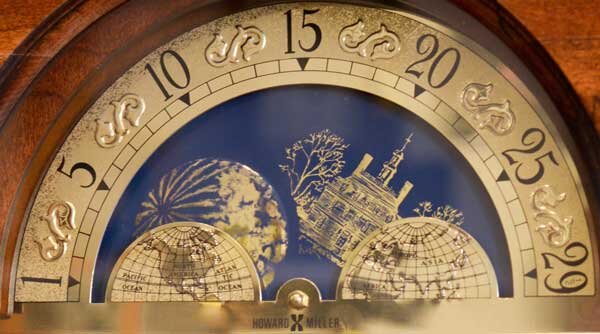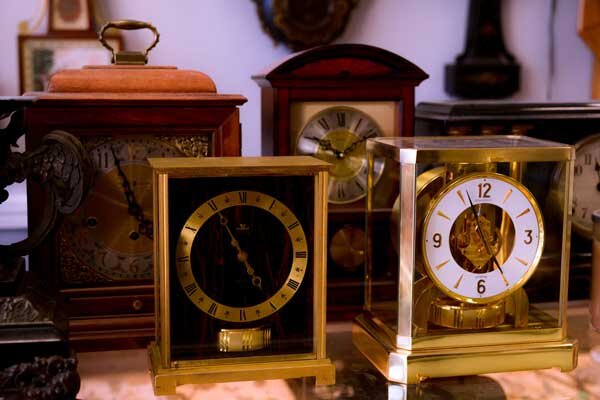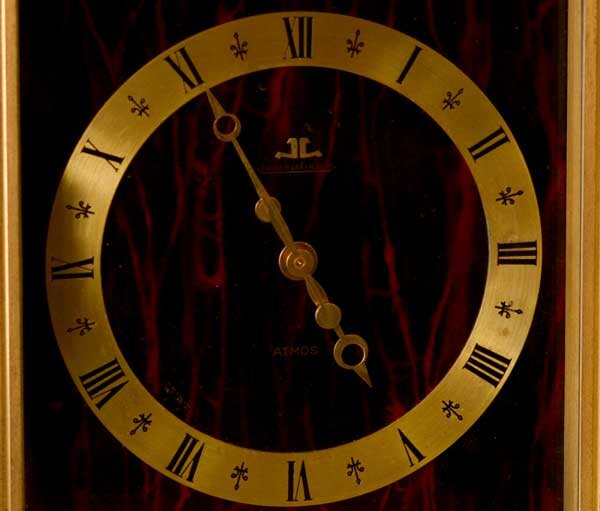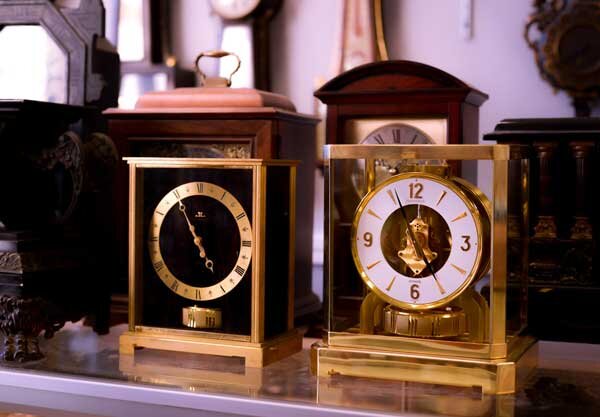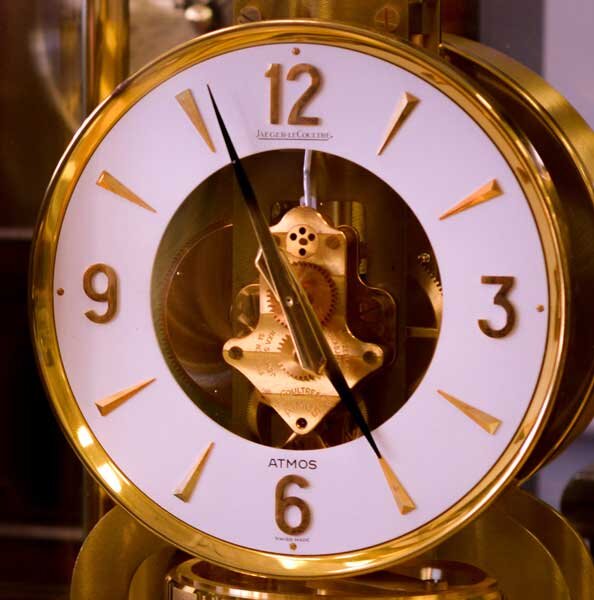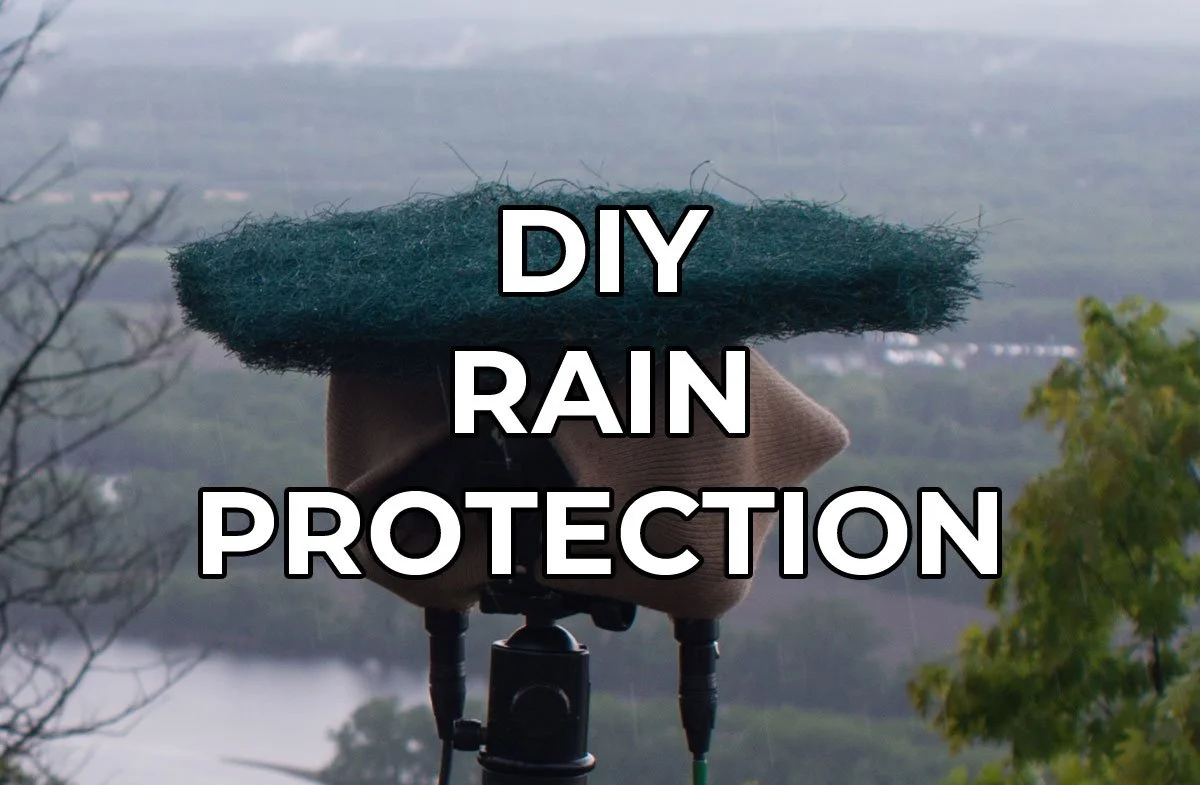The Timekeeper: Recording A Clock Shop
Join me on a field recording trip to a clock repair shop in this article!
In preparation for my field recording road trip, I needed to replace the battery in my watch. After a quick Google search for “watch repair near me”, I found The Timekeeper. From the photos, it looked like a small shop owned by a trade master. I was sold.
The Shop
Upon arriving, a woman was already there and was discussing repair costs for a grandfather clock with the owner. This gave me time to look at the plethora of timepieces that filled the shop.
During a pause in the repair conversation, the sound of the shop filled my ears. It was unlike anything I had ever heard. 4 Grandfather clocks along the main wall were the stars of the auditory experience. Together they created a delicate, relaxing melody of ticking and tocking.
Now that I had noticed the sound of The Timekeeper, I could not stop hearing it. The more I listened, the more I wanted to record it. As I continued to wait, ideas filled my mind about how I would go about capturing this unique soundscape.
Asking To Record
After the woman left the shop, it was my turn to meet The Timekeeper. After telling him I was in need of a battery replacement, he got straight to work. It only took a few minutes and my watch was ticking again. Thankfully that was all that it needed after dropping it on the floor while waiting!
While checking out, I still was not sure how I would ask the unusual question, “can I record your shop?” Fortunately, The Timekeeper asked me his own unusual question. He was wondering if I happened to know anyone selling a baseball memorabilia collection. Unfortunately I did not, but would ask around for him.
Then it was my turn to ask. His reaction was expectedly perplexed. After explaining to him that I was a sound recordist and that his shop was sonically interesting, he agreed.
Setting Up The Gear
Two days later, I went back to The Timekeeper 20 minutes before closing. For this recording, I brought my tripod, Sony D100, and DIY SASS microphone.
The most challenging aspect of this recording would be setting my gain. Having never heard the chimes of the 4 grandfather clocks, I really didn’t know what to expect. Luckily, at 5:30pm, the largest of the 4 went off and I was able to set my gain based on its loudness.
5:30 was closing time which meant it was time to leave. Now it was time to worry about whether or not I had actually started the recording.
The Sound
At 9:30am, I returned to The Timekeeper to retrieve my equipment. Not surprisingly, my D100 was dead, so I would have to wait until I got home to listen.
Below is my favorite excerpt from the 12-hour recording. It’s during the midnight hour in the shop.
Honestly, this recording turned out better than I had expected. I like how the 4 Grandfather clocks are all about 1-minute off. This keeps them from overlapping, although a clock from the back of the shop can be heard during the chimes of the second Grandfather.
I also like how they go off from right-to-left, which creates a nice stereo-image.
There is some audible self-noise, especially when no clocks are chiming, but it is pretty minimal in my opinion.
In total, 8 different clocks can be heard in this short ≈ 6-minute recording.
Final Thoughts
Although human-made sounds are typically a nuisance to me, the sounds of The Timekeeper are quiet, peaceful, and reminiscent of simpler times. I hope you find them equally so!
For more Sound Stories, click here or browse below.
Support Acoustic Nature
If you enjoyed this post and would like to help support Acoustic Nature, please consider "buying me a coffee" or becoming a Patreon with the buttons below.
As a thank you for your support, Patreon supporters receive a copy of Field Recording For Beginners, exclusive access to the full Behind The Sounds video series, nature sound library downloads, and more.
If you are unable to support the site financially, please share this post with others, or leave a comment below letting me know you enjoyed this post! Both are free and help the website grow. Thank you ♫
Thanks for reading,
-Jared


